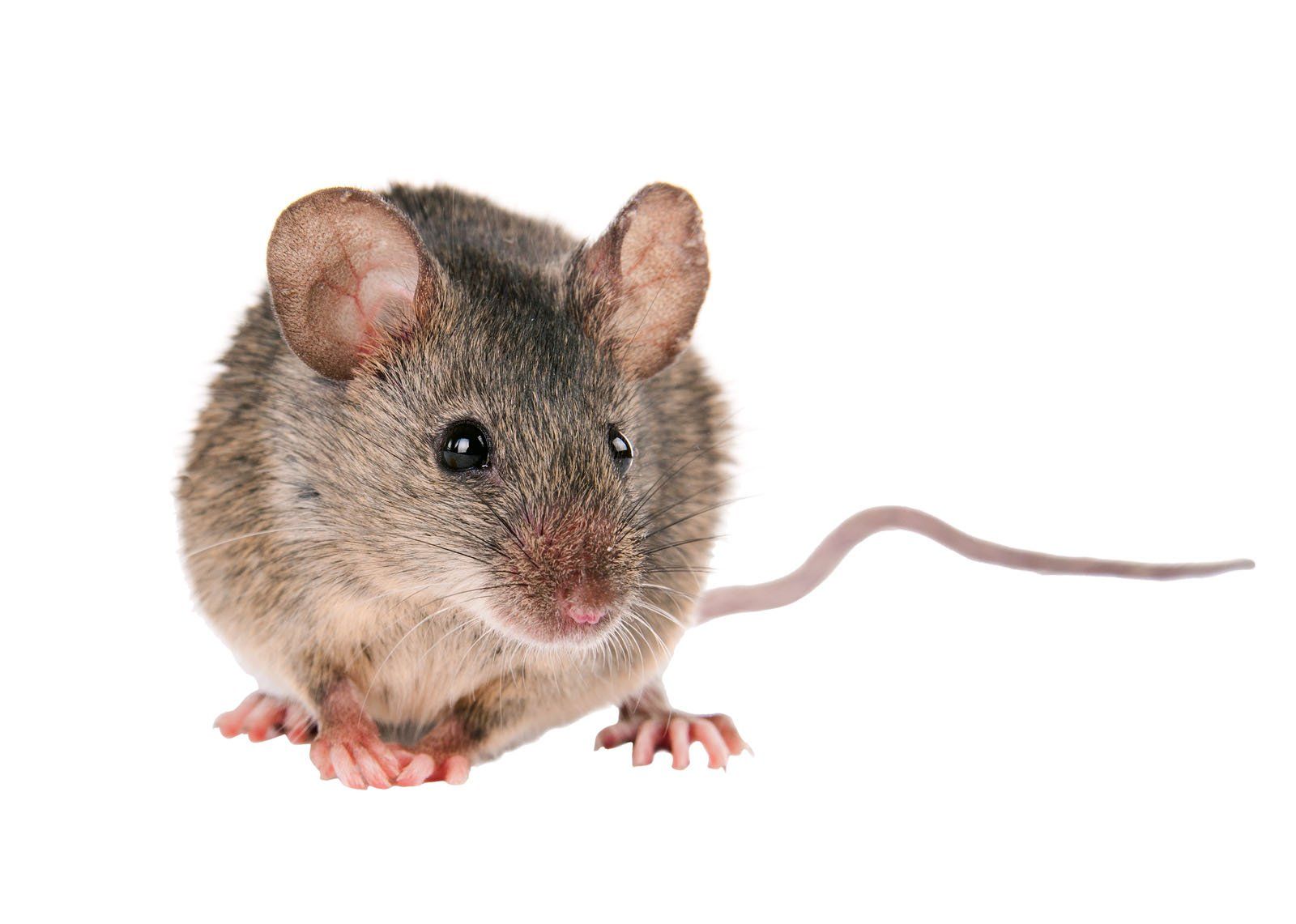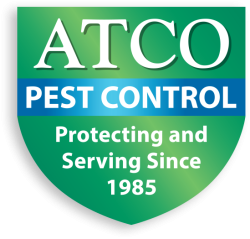DIY Rodent Control Tips

We don’t know about you, but hearing the words mice and rats does not bring a warm cozy feeling. Even though the mere thought of an infestation can be unnerving there are tips and tricks to control these rodents in your home. Rodents often live near areas of open space or where there are water and food sources. They also like to nest in hidden or covered areas of shelter, such as under ivy, or in the crawl space under a home. Protect your home with tips from our professional exterminators.
What are the signs of a rodent infestation?
Gnaw marks, droppings, tracks, rub marks on walls, burrows, or runways are all visual signs of infestation. If you smell a strong odor, there is a possibility that there is a large number of mice in a particular area and their urine may become distinct as well. If you see a mouse running across the floor, it is likely a family of mice is not far out of sight! If you see damaged goods, nests, or greasy rub marks this may indicate roof rat activity. In addition, if you hear noises in the attic, walls, or see damaged electrical wires be aware that you may have an infestation.
Do mothballs keep mice away?
Mothballs can be a deterrent when used in large quantities, however, they are not best suited for the infestation of your home due to the stench they give off. We’d recommend using more natural deterrents that aren’t as odorous around your home.
How to prevent a rodent infestation
The most basic way to prevent rodents from accessing your home is to identify and seal any exterior openings around your home to prevent them from getting inside. Make sure you seal cracks and holes using caulk or steel wool. Repair damaged screens and install door sweeps. In other words, you want to make sure that there are no openings to your home. Rats and mice are burrowing animals which means they are used to squeezing into small, tight areas. The only limitation it has is its head, so if its head fits through the space then it’s coming in. For instance, rats can squeeze into your home through a hole as small as a quarter. Other methods of rodent prevention include:
- Keeping your trash cans covered.
- Eliminating unnecessary water and food sources.
- Keeping your yard free of brush, debris, and firewood stacked directly on the ground.
What do rats hate most?
If you see a rat in your home it can be assumed that there are more that are hidden within your home. One way to prevent this kind of infestation is to fill your home with things that rats hate, or are repelled by. Some of the things we have found work the best are:
- The scent of predators such as cats
- Citronella
- Eucalyptus
- Peppermint
DIY treatments for rodent removal
While poison is a common treatment, it’s not recommended, as rodents that ingest the poison are then free to roam throughout your home before expiring, which makes carcass recovery a difficult task. In contrast, traps are a much more convenient method, using food bait that the rodents are attracted to, such as peanut butter or fruit. Many have also had success with having bait boxes installed in the landscape using these same traps. This keeps the rodent population low, thereby lessening the likelihood that over time these industrious critters will make their way back inside your home.
Eco-friendly rodent control
While it’s not a DIY method, ATCO does offer professional rodent control solutions. Our treatments are 100% eco-friendly and will completely remove the infestation from your home. If the DIY rodent treatments aren’t working call ATCO at 415-898-2282 and get expert extermination help today.



